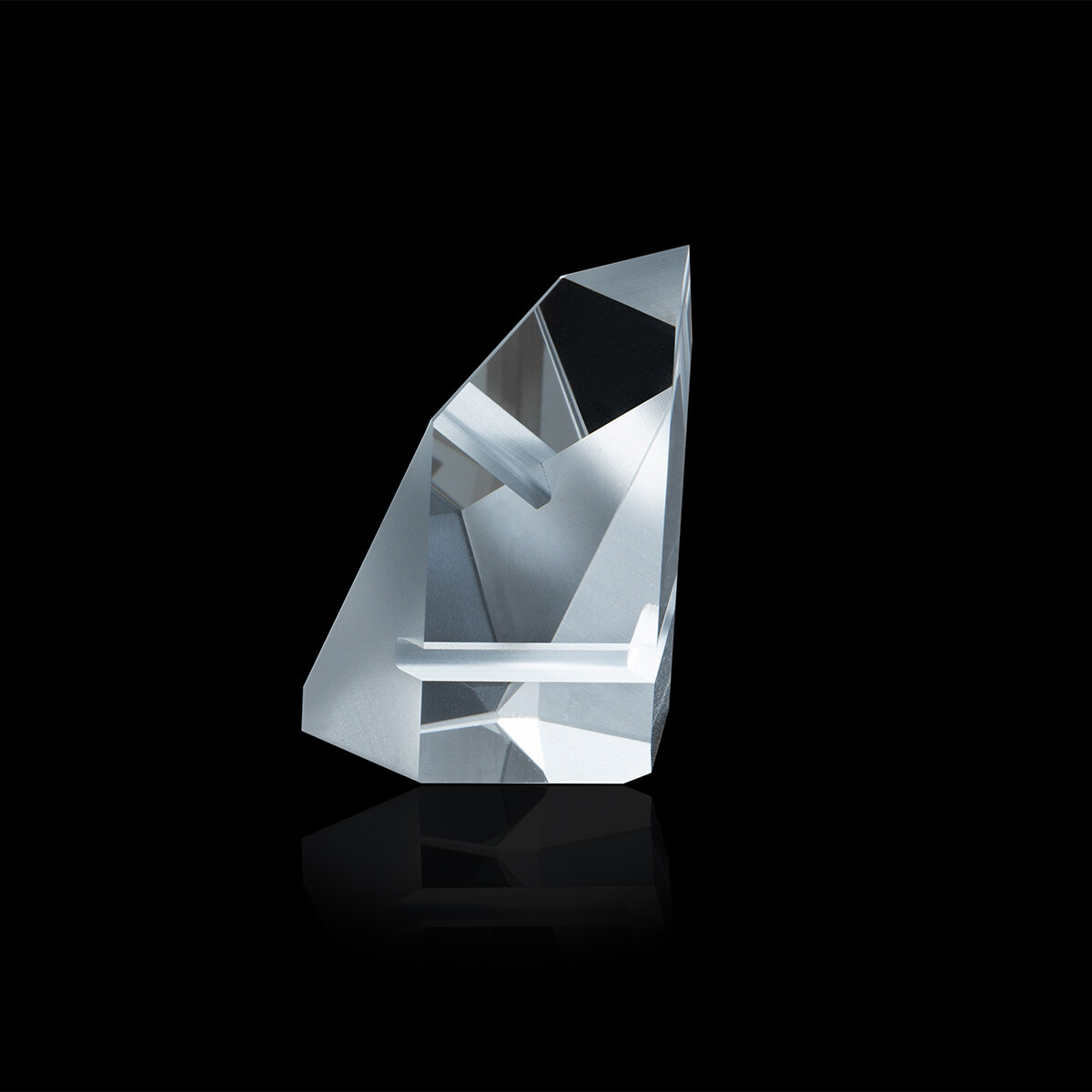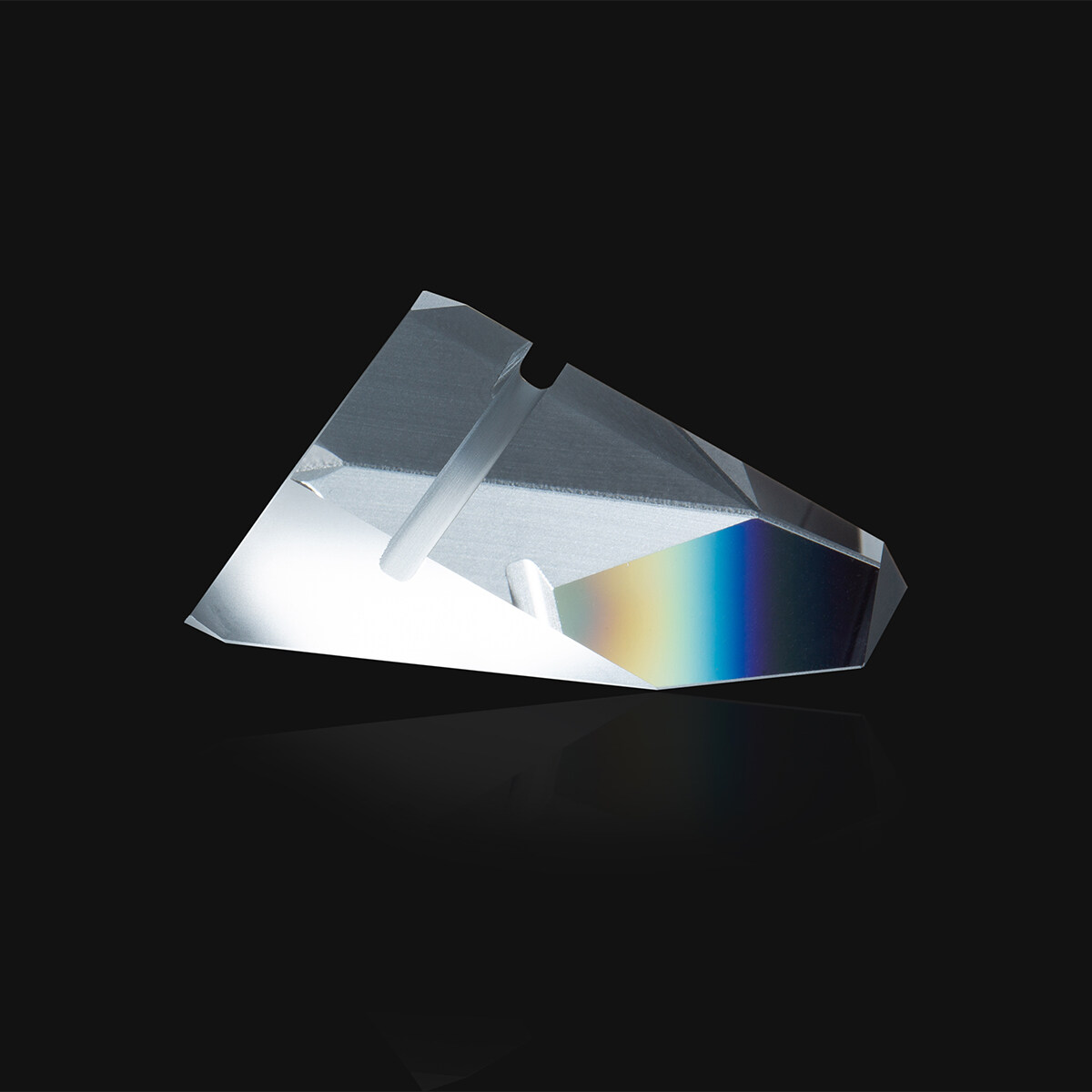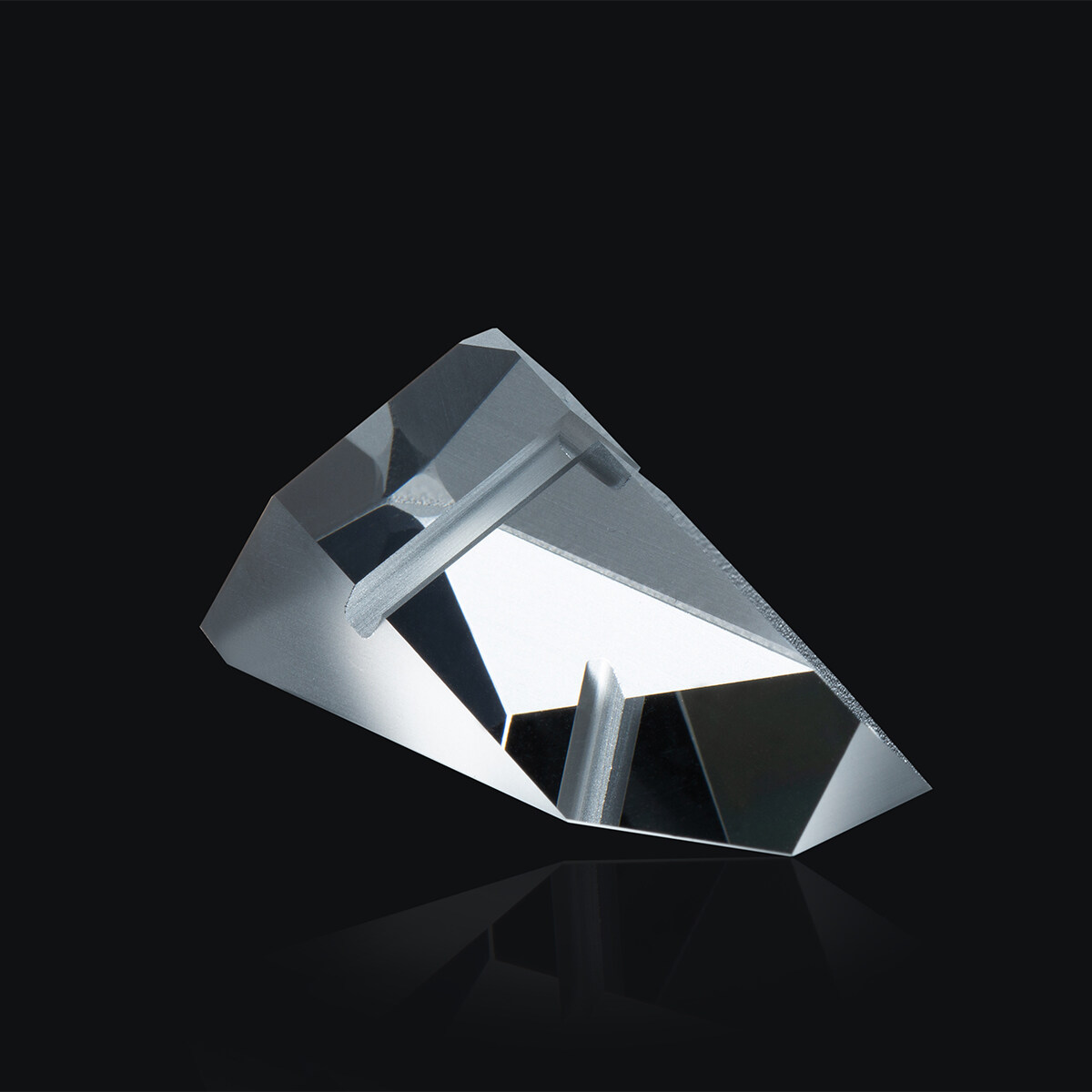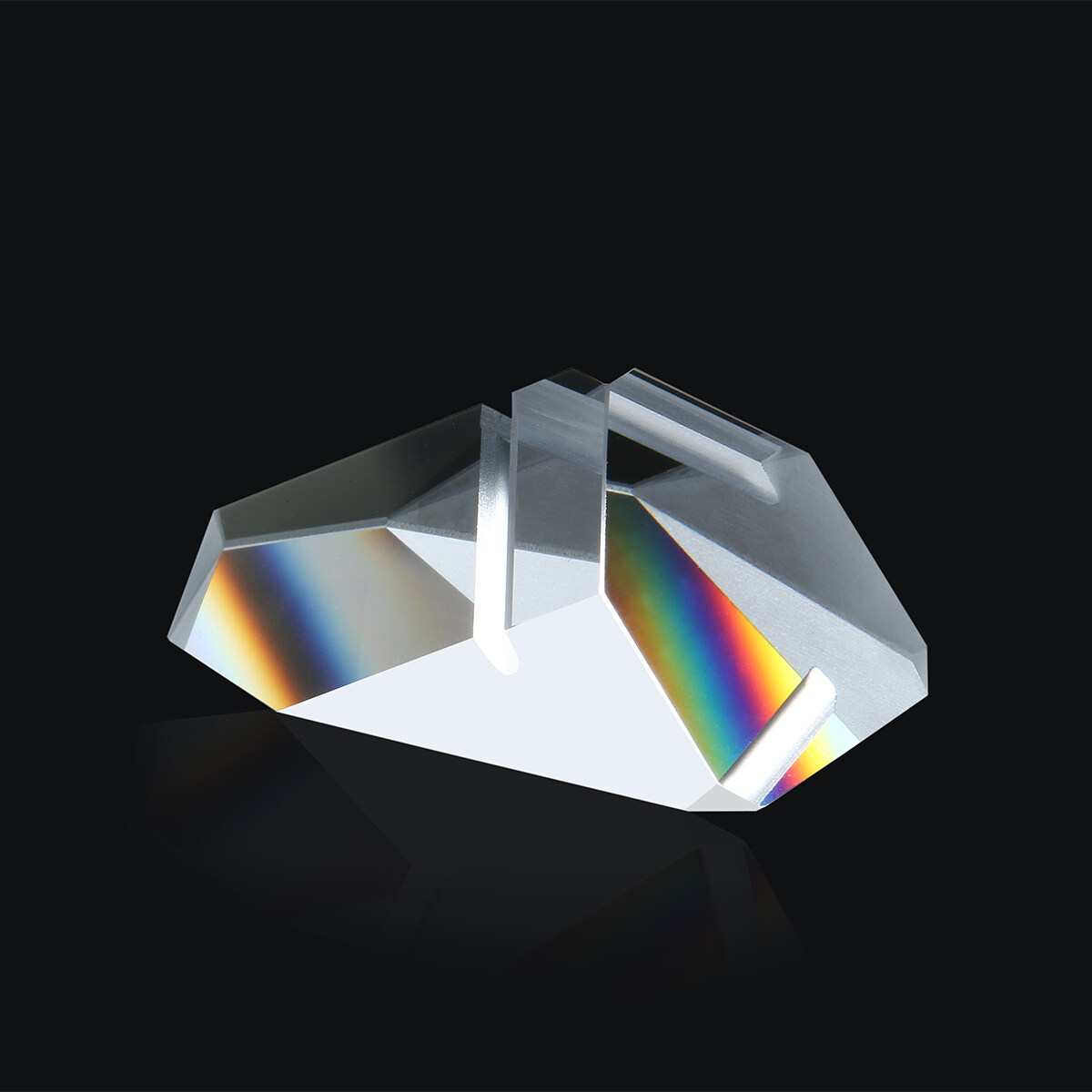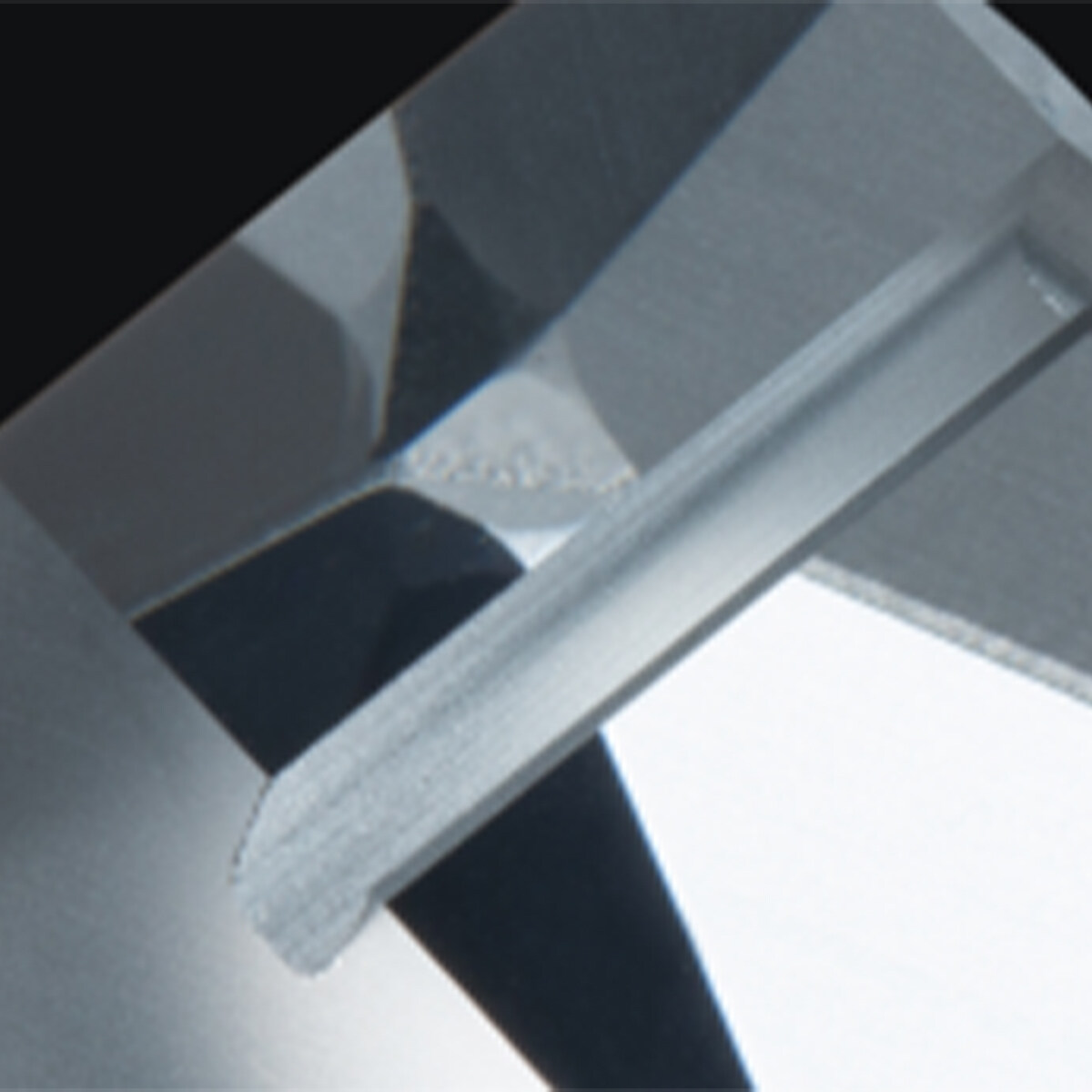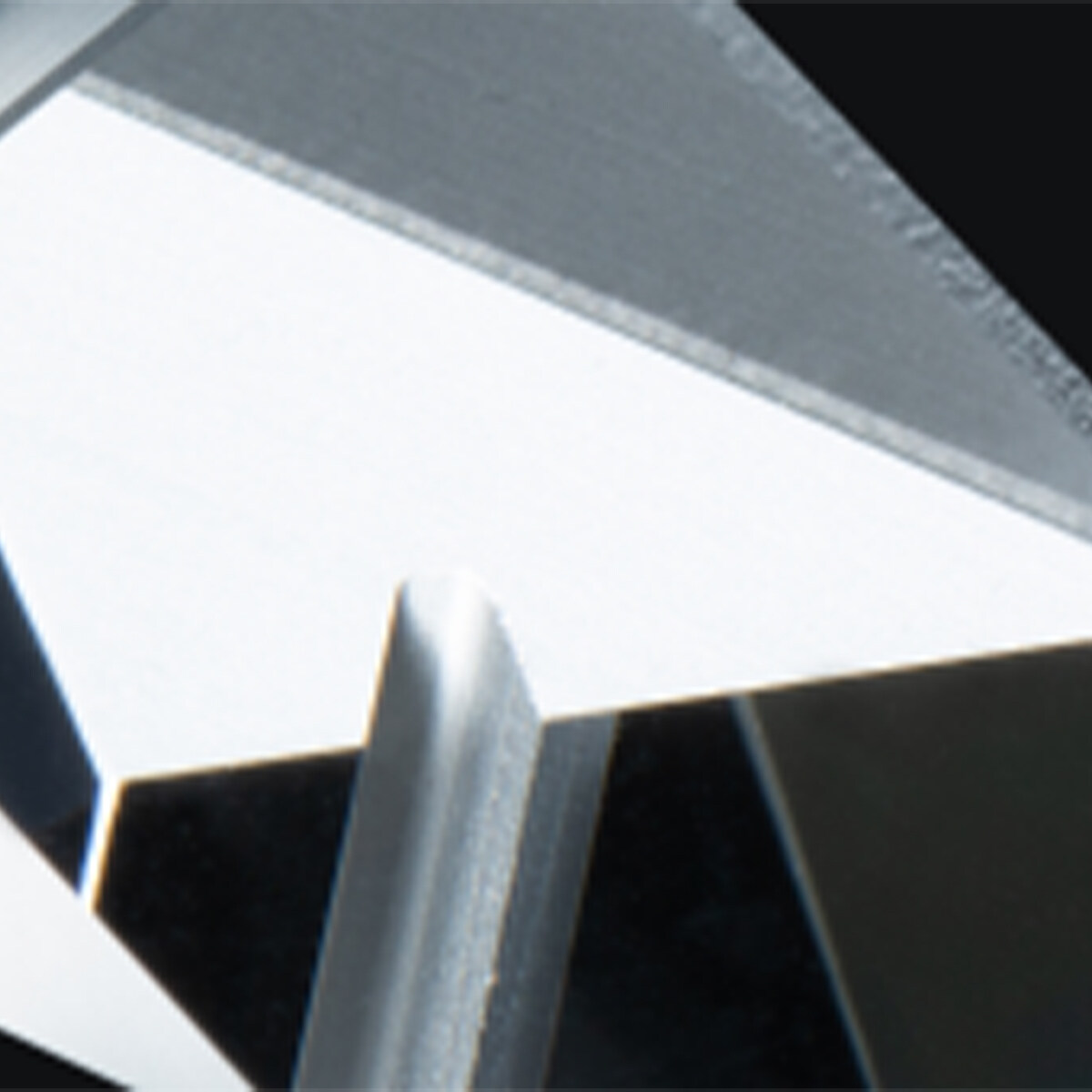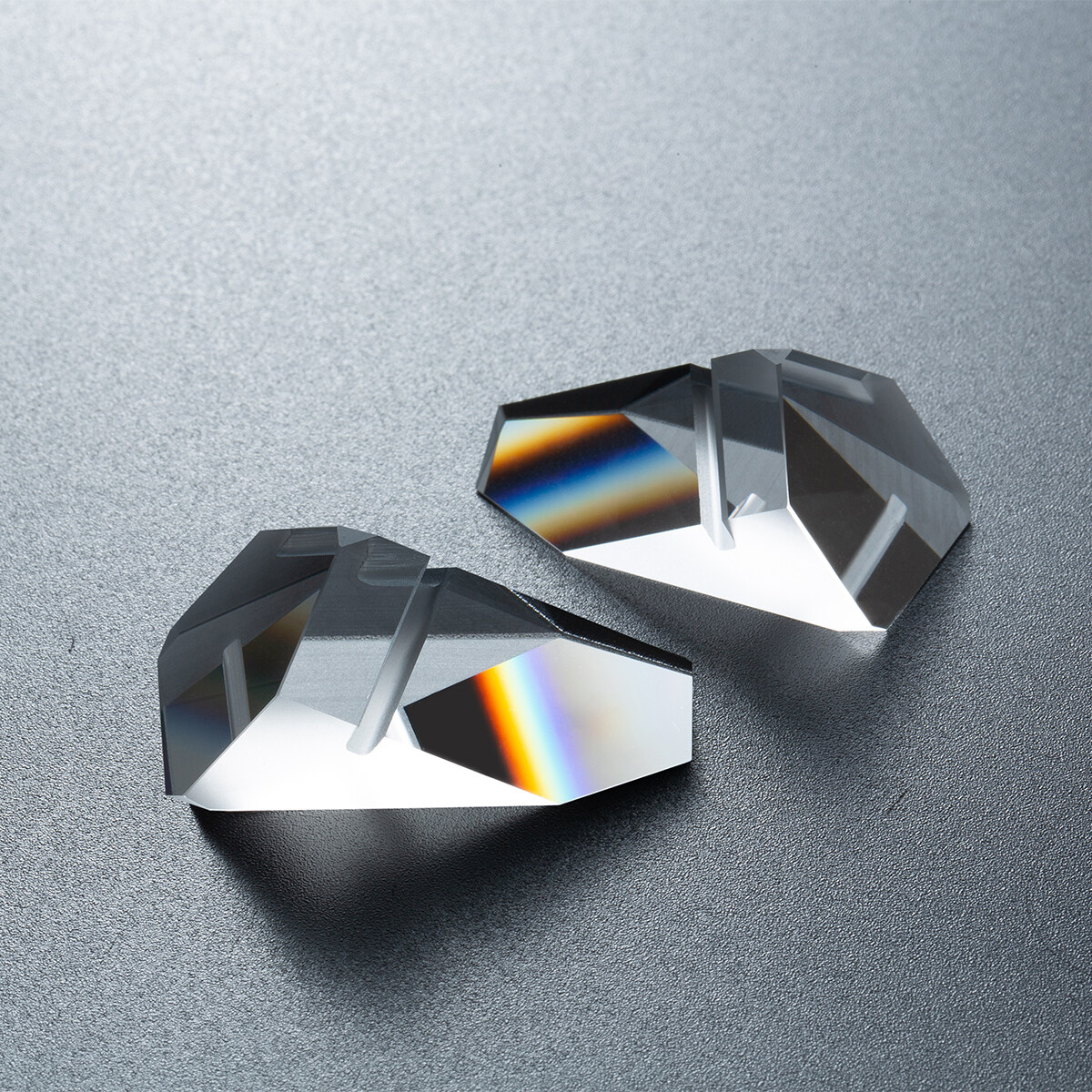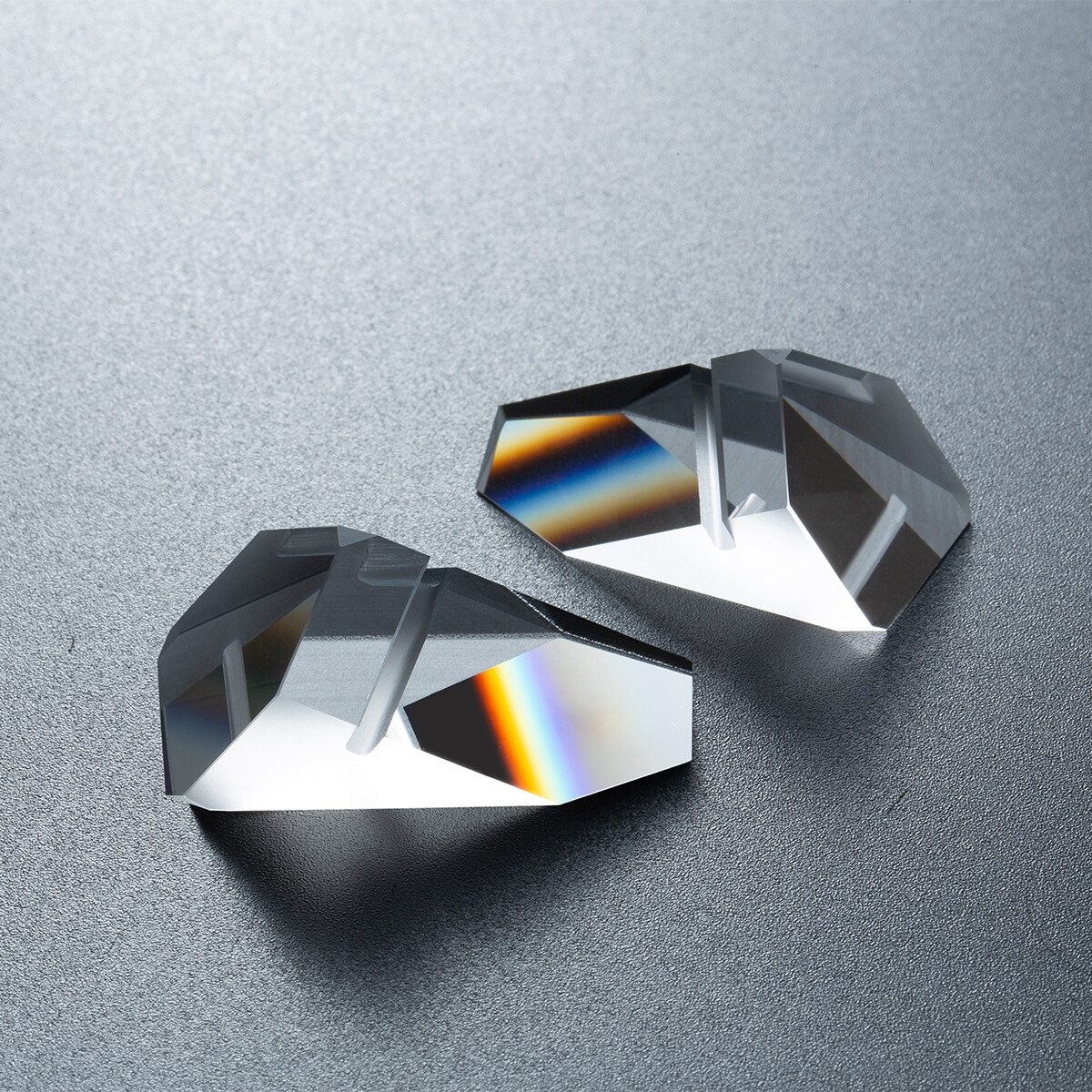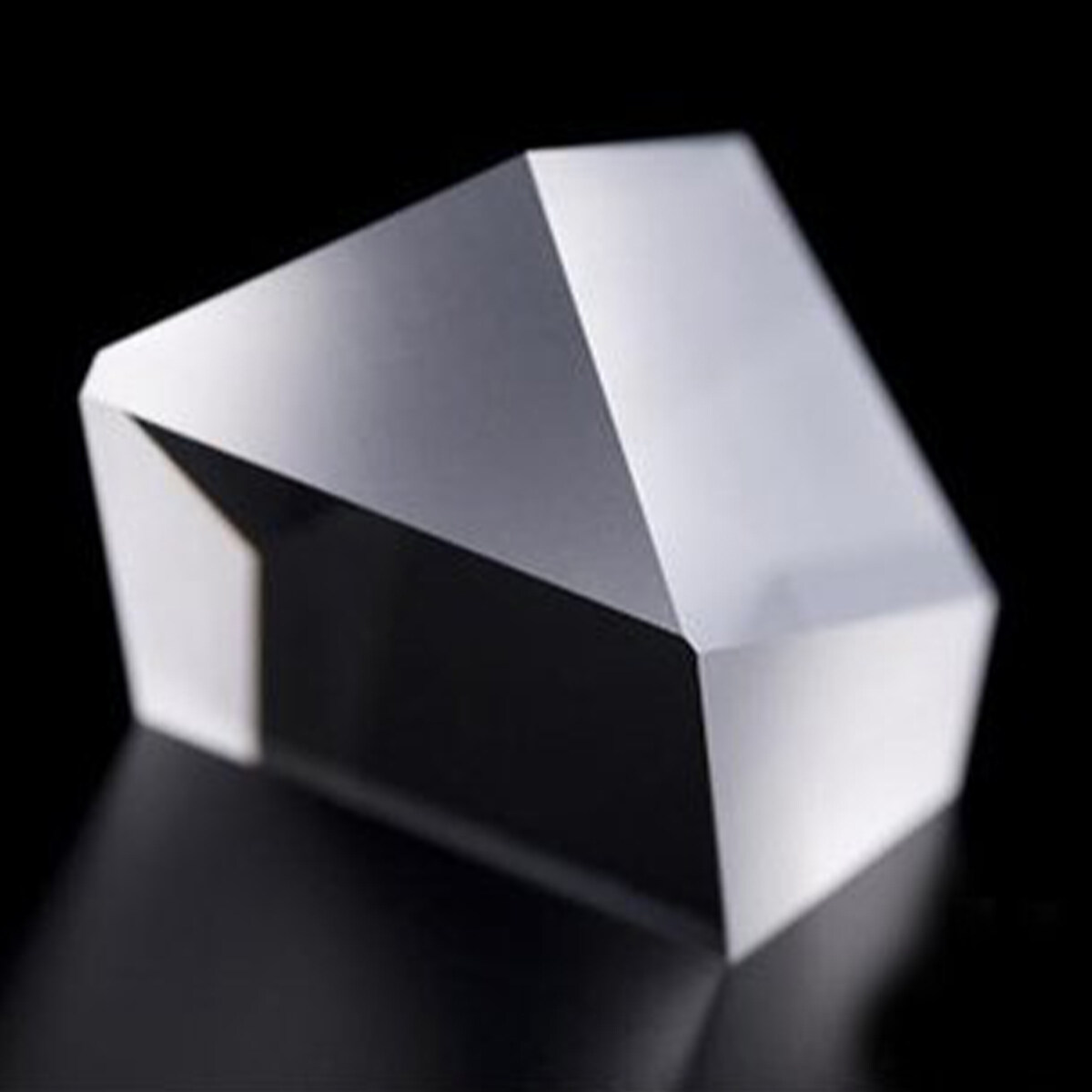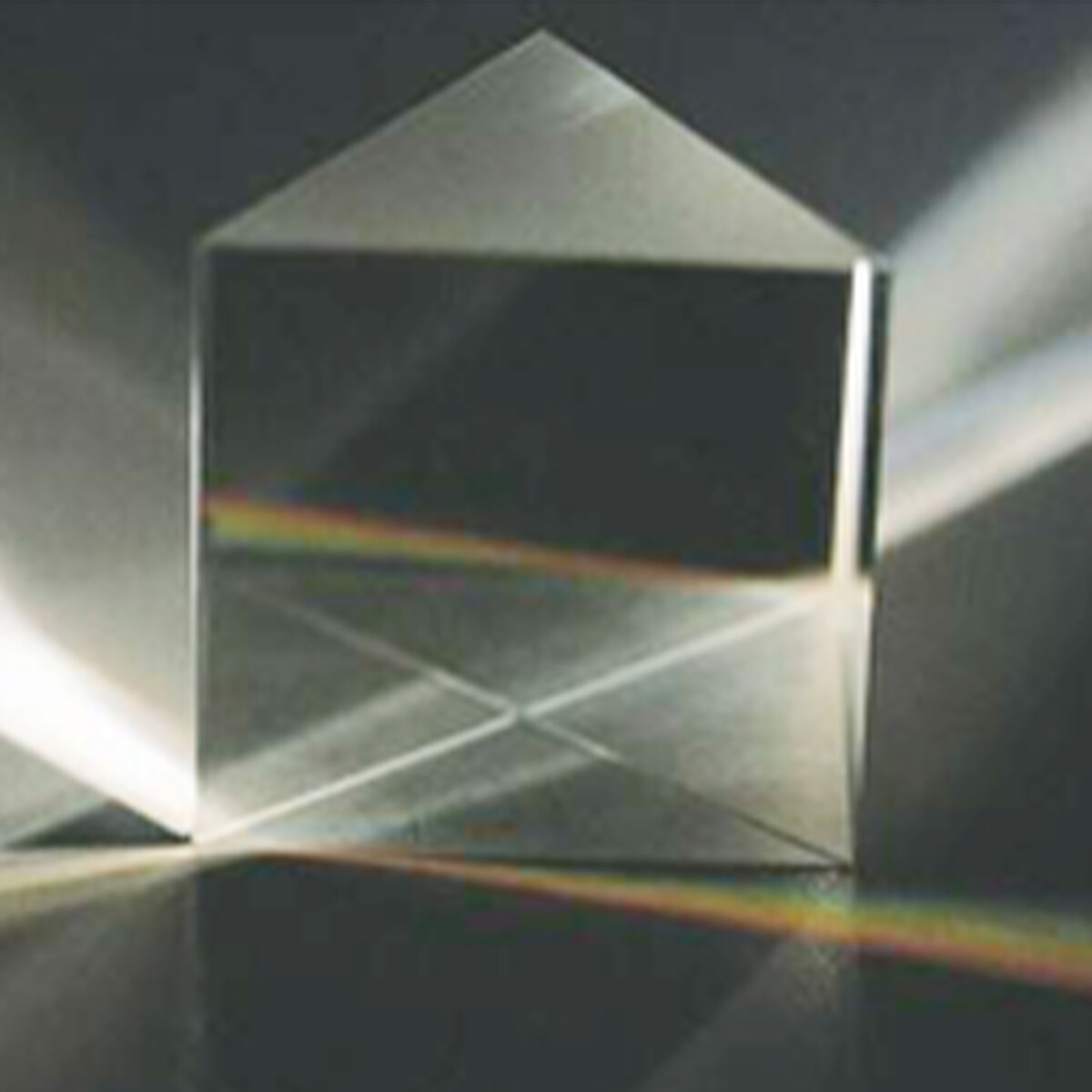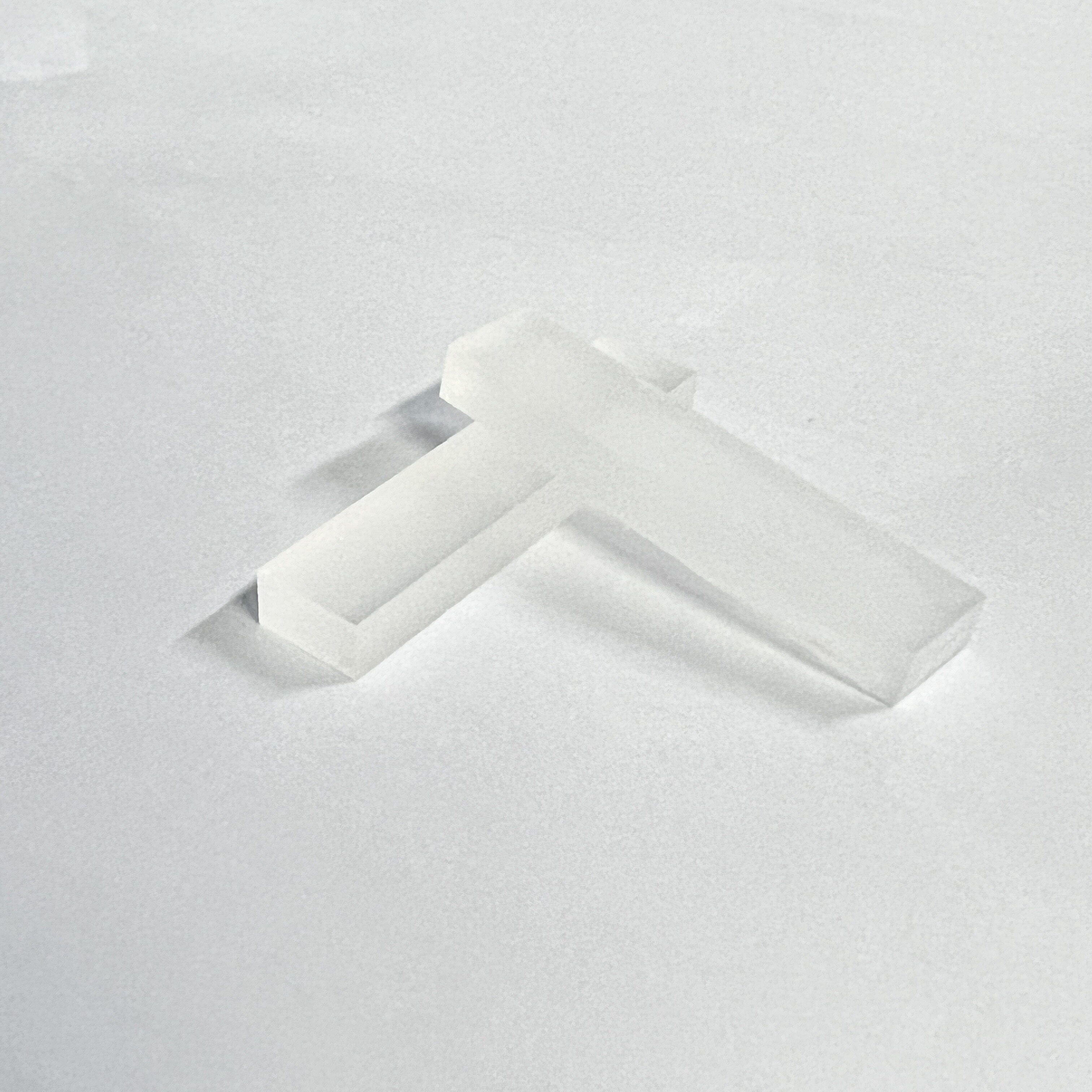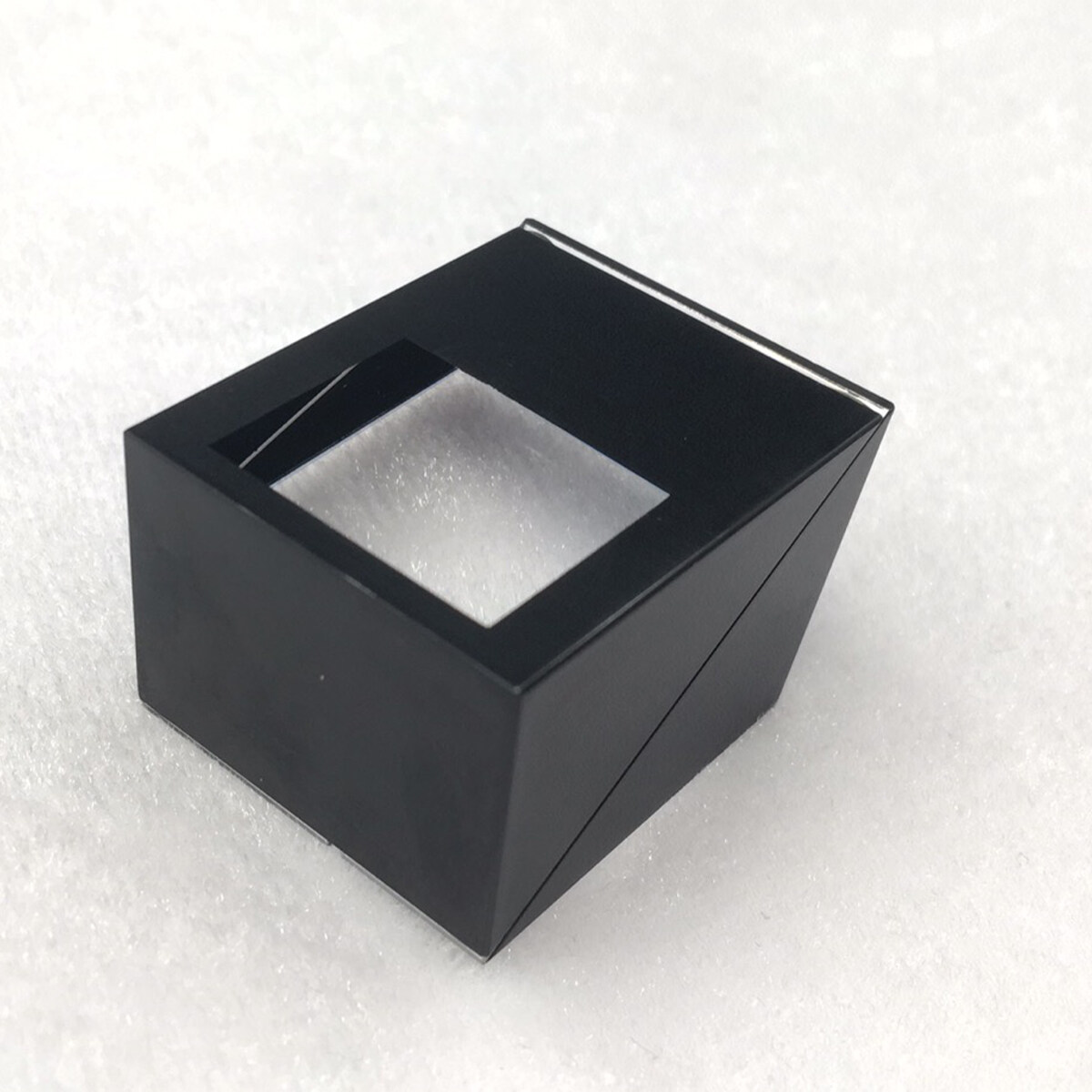Email format error
Email cannot be empty
Email already exists
6-20 characters(letters plus numbers only)
The password is inconsistent
Email format error
Email cannot be empty
Email does not exist
6-20 characters(letters plus numbers only)
The password is inconsistent

Half Pentaprism
We are a penta prism supplier company that manufacture penta prisms for a variety of purposes.Our pentaprism is an optical prism with five reflecting surfaces, which can deflect the incident light by 90 °. The incoming light is reflected twice in the prism to change the direction by 90 °, which will not only not invert, but also change the image's partial chirality.
Pentaprism is an optical prism with five reflecting surfaces, which can deflect the incident light by 90 °. The incoming light is reflected twice in the prism to change the direction by 90 °, which will not only not invert, but also change the image's partial chirality. Ordinary right-angle prisms will lead to the image and change the partial chirality. Pentaprisms are mostly used as reflective devices for SLR cameras.
Half pentagonal prism is made of pentaprism, which is often used in telescopes and other systems.
The ridge half pentagonal prism is formed by processing a ridge angle on a reflecting surface of the half pentagonal prism.
The history of the pentaprism
In 1948, a manufacturer drew a circle on the top of the camera. Zeiss in East Germany (also known as Jena Zeiss, which was the product of the division of Germany between the United States and the Soviet Union after World War II) produced the first pentaprism head-up viewfinder SLR camera Contax s in history. It finally established the typical structure of a 135 SLR camera, with a lens and a reflector, and then a pentaprism turned the light path around. On the one hand, it turned the overhead light path into head up, On the other hand, turn the shooting image right and left (it seems to be the opposite when looking down). The most advanced digital SLR camera at present is completely different from its ancestors in 1948 in terms of the basic structure of shooting.
Pentaprism structure
The reflection in the pentaprism is not caused by complete internal reflection. Because the light beam enters at less than the critical angle, the two reflecting surfaces are coated with reflective materials to create the reflection effect of the mirror, and the two transmission surfaces are coated with anti-reflective coatings to reduce the reflection. The fifth side of the pentaprism will not be used optically, while the pentaprism used in modern cameras will often be coated with a silver film on the reflecting surface by vacuum coating technology and covered with a black protective coating to enhance the reflection effect.
Theoretically, the reflective field of view rate of pentaprism is 100%, but due to reasons such as cost, internal space, and product market positioning, the field of view rate of most SLR cameras will not reach 100% (the field of view rate of the viewfinder is also a benchmark for distinguishing professional and quasi-professional fuselage). In recent years, under the practice of manufacturers' crazy cost cutting, there have also been SLR cameras that use pentahedral mirrors to replace pentaprism to form an optical path, The viewfinder of this kind of camera often looks dim, not as bright as the pentaprism.
Principle of pentaprism
The principle of pentaprism is that the reflection inside the prism is not caused by total reflection, because the angle of incident light at the time of reflection is less than the critical angle, that is, the minimum angle of total reflection, so both reflecting surfaces should be placed into a reflecting mirror; The incident and outgoing surfaces should be coated with anti-reflection film to reduce reflection. Although the fifth surface is not used, the included angle with the two reflecting surfaces is obtuse (greater than the internal angle of a right angle).
The variant of pentaprism is roof pentaprism, which is usually used in SLR cameras. In this case, because the image projected on the fuselage will rotate 180 ° after the lens is focused, the light beam reflected from the plane mirror to the pentaprism after the focus also needs to change the left-right relationship of the image direction. This change can be completed by replacing one of the reflecting surfaces with a roof-type reflecting surface. The two surfaces of the replaced roof prism intersect at 90 ° perpendicular to each other, which will change the partial chirality of the image.



